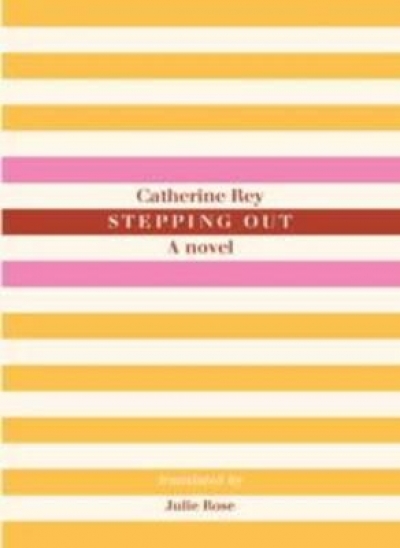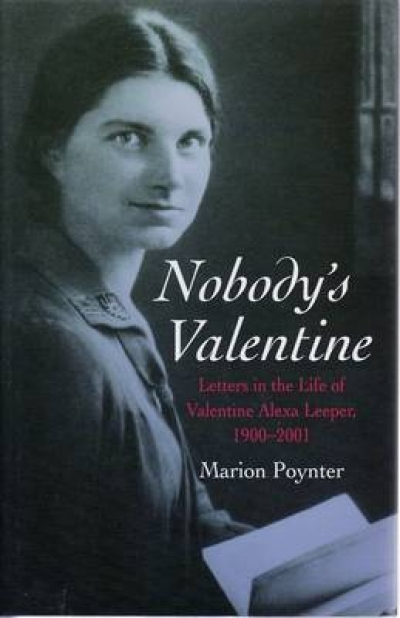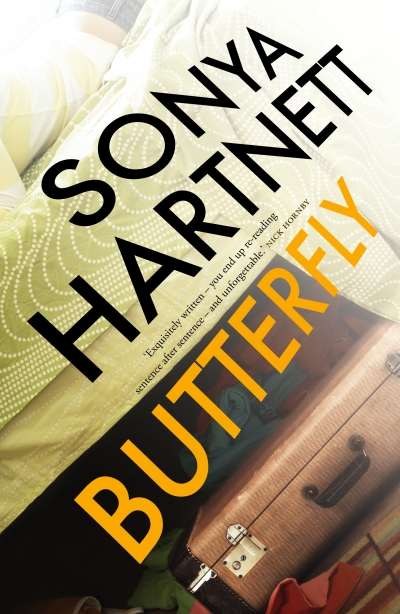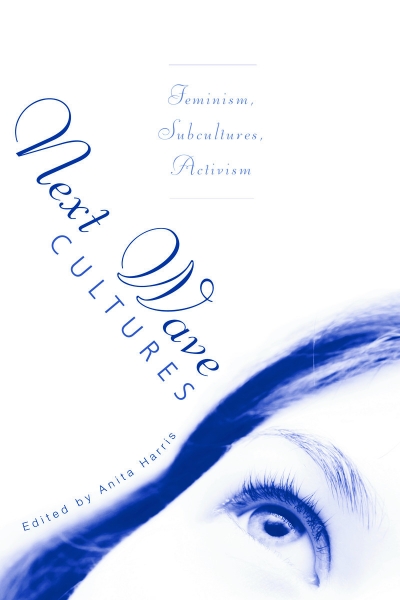Archive
Stepping Out: A novel by Catherine Ray, translated by Julie Rose
by Denise O'Dea •
Nobody’s Valentine: Letters in the life of Valentine Alexa Leeper 1900–2001 by Marion Poynter
by John Rickard •
Encounters with Australian Modern Art by Christopher Heathcote, Patrick McCaughey and Sarah Thomas
by Daniel Thomas •
Wave Cultures: Feminism, subcultures, activism edited by Anita Harris
by Kate Goldsworthy •
Father Of The House: The memoirs of Kim E. Beazley by Kim E. Beazley
by Geoff Gallop •










